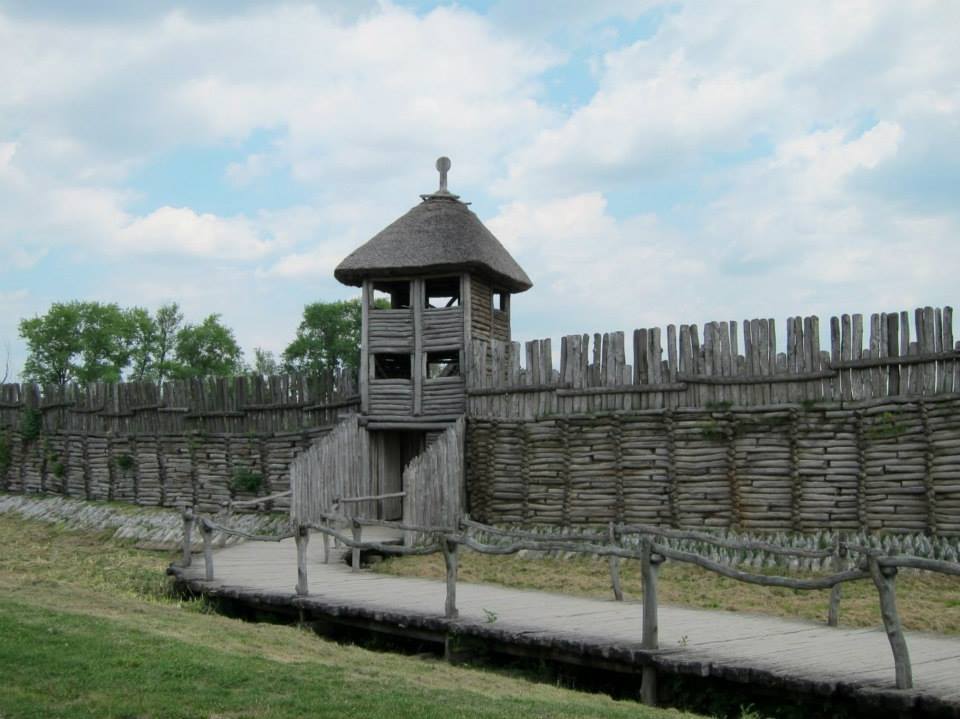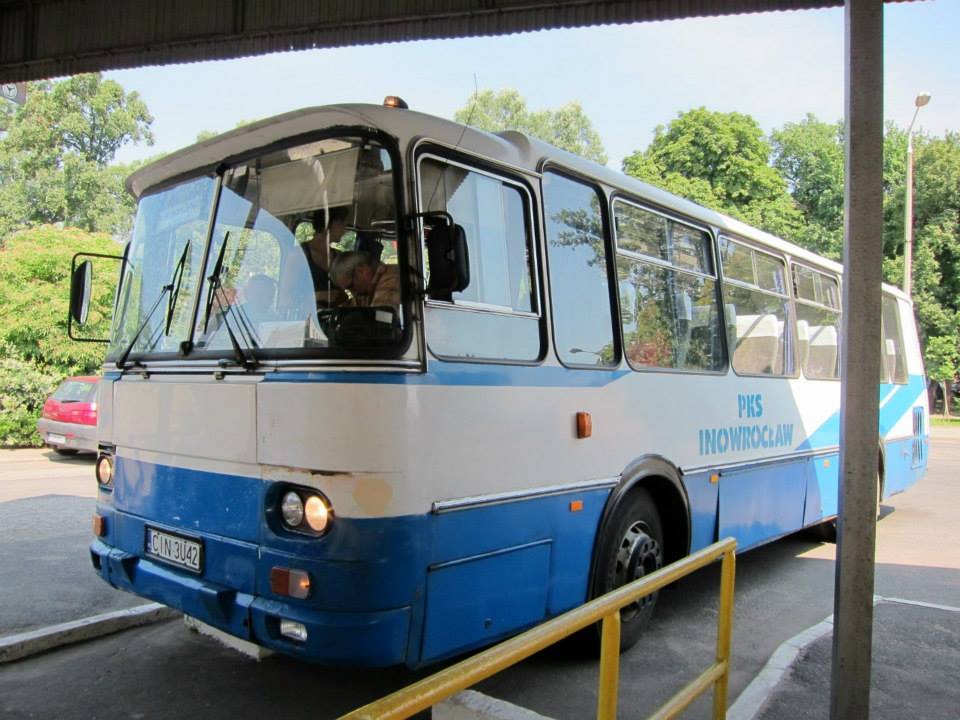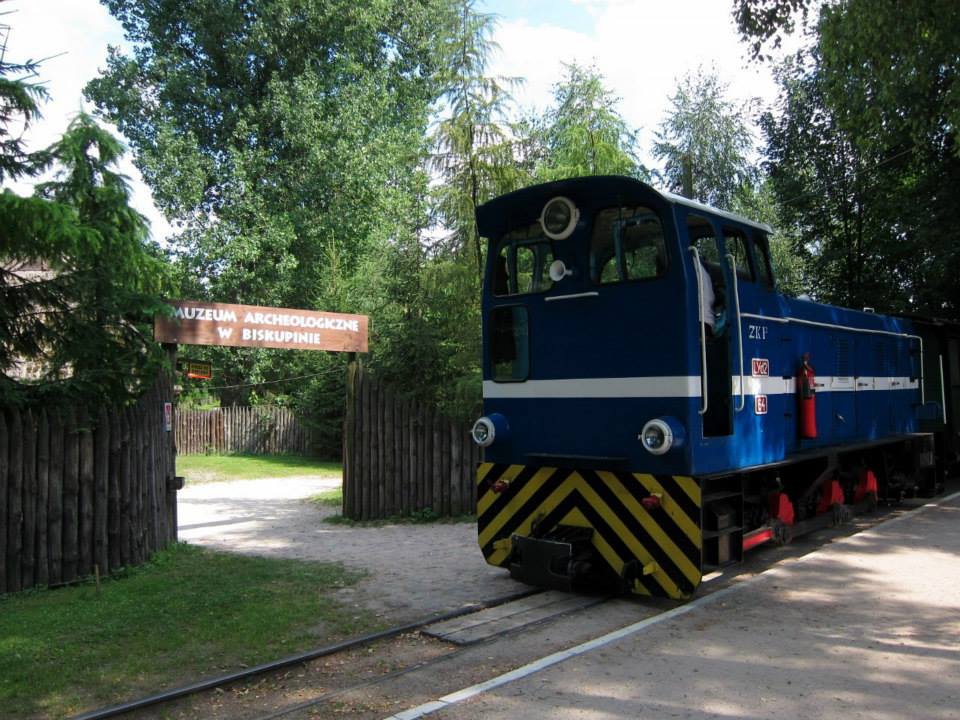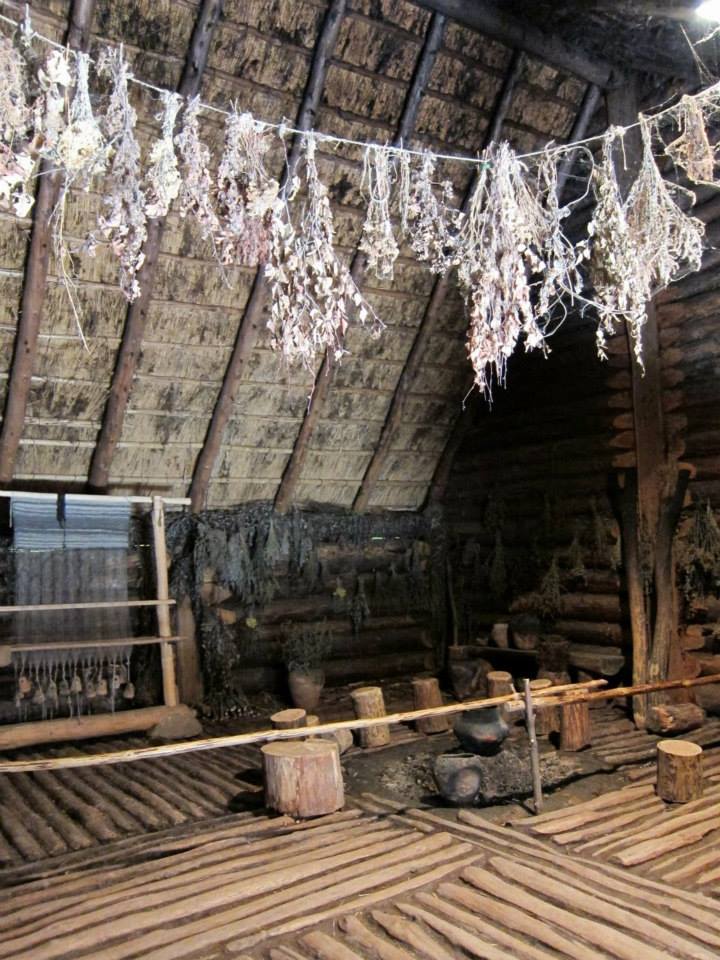The Iron-Age Village of Biskupin: What You Can Expect to See
A trip to Biskupin rarely features on most visits to Poland, but it wasn’t far from the Poznań-Gniezno-Toruń route that I was taking through the country. An Iron Age settlement that was discovered in 1933, reconstructed and turned into an open-air museum, its proximity to other sites related to the founding of the Polish nation was quite fitting (for more on that, look up ‘The Piast Route‘).
While Biskupin offered something different from the castles, squares and churches of the touristy big cities, in a part of Poland where Asians number more than signs in English, getting there on a tight budget was a wee adventure. One misinterpretation of the bus timetable could result in hours of waiting for a non-existent connection.
Getting to Biskupin via public transport
I chose to take the public bus to Gąsawa (the nearest town to Biskupin) from Gniezno anyway. While I knew not to expect the newest and shiniest vehicles, I did not expect a time machine to pull into the terminal. Once I got over my fascination, I went back to rehearsing the ticket purchase in my head.
‘Do Gąsawa, prosze,’ I muttered when it was my turn to board. I was pretty proud of my ability to pronounce many Polish words well, but the driver gave me a look that suggested I was on the wrong bus. He also said something that must have been along the lines of ‘no such stop’.
Then something marvellous happened. The old ladies seated behind him repeated my destination loudly (‘something-something-something Gąsawa!‘) and the driver gave me my ticket. To this day I still have no idea what they did differently.
After I reached Gąsawa I still had to walk 30 minutes along the road to get to Biskupin, passing wheat and corn fields along the way. Caution is advised as there is no pavement or guardrail to offer protection.
Arrive at the right time, as I did, and one will be able to catch the narrow gauge train that runs between Biskupin and Żnin. An open newspaper would cover the width of the track, and I had never seen anything like it. That’s something for rail travel geeks to note.
The Biskupin museum
The museum grounds were really pleasant to walk around, with plenty of shade under the trees and the thatched-roof buildings that housed the gift shop and the food stands. There were several young Polish families around; if I had ended up at a zoo by mistake I would not have known the difference.
The star attraction stood on the shore of the lake, just a few minutes from the entrance. It looked a bit strange at first. A few stumps, the remains of the original Iron Age settlement, stuck out of the open soggy ground, bereft of the reeds that shielded them for centuries. An incomplete rampart surrounded two longhouses. There may have been a watchtower, so the gate included one. A bridge that linked the settlement to the footpath completed the look.

It was possible to climb and walk along the ramparts, while the inside of the houses was filled with tools and natural materials to resemble what it may have looked like. After weeks where I’d sometimes slept on dodgy surfaces, they seemed comfortable. They also had the benefit of being all-natural. The only plastic you could find was in the panels that described the discovery of the site.
It was quite clear that the reconstruction was only a partial one, so as to showcase the remains of the original settlement. Inside the air-conditioned gallery, there is a model of what the place may have looked like. Other exhibits traced the history of the area, from the time the Lusatians settled there up to the Middle Ages. They displayed tools, ornaments and bones that were discovered on the site (and plenty more models).
Apart from the settlement
There were other more recent dwellings on the grounds, including the film set of the 2003 film Stara Baśń (Army of Valhalla). Having never seen that film, the straw-and-wood houses didn’t leave a deep impression on me. The set was no Hobbiton but it blended into its surroundings well.
Biskupin was a place where Polish kids learnt a little about their pre-Christian history. Hence, there were also other stations to entertain and inform them. They included bird boxes, craft-making stations and even a paddock of livestock. For this outsider though, the trip through rural Poland to Biskupin was every bit as eye-opening as the site itself.
What’s the oldest site that you’ve been to?


